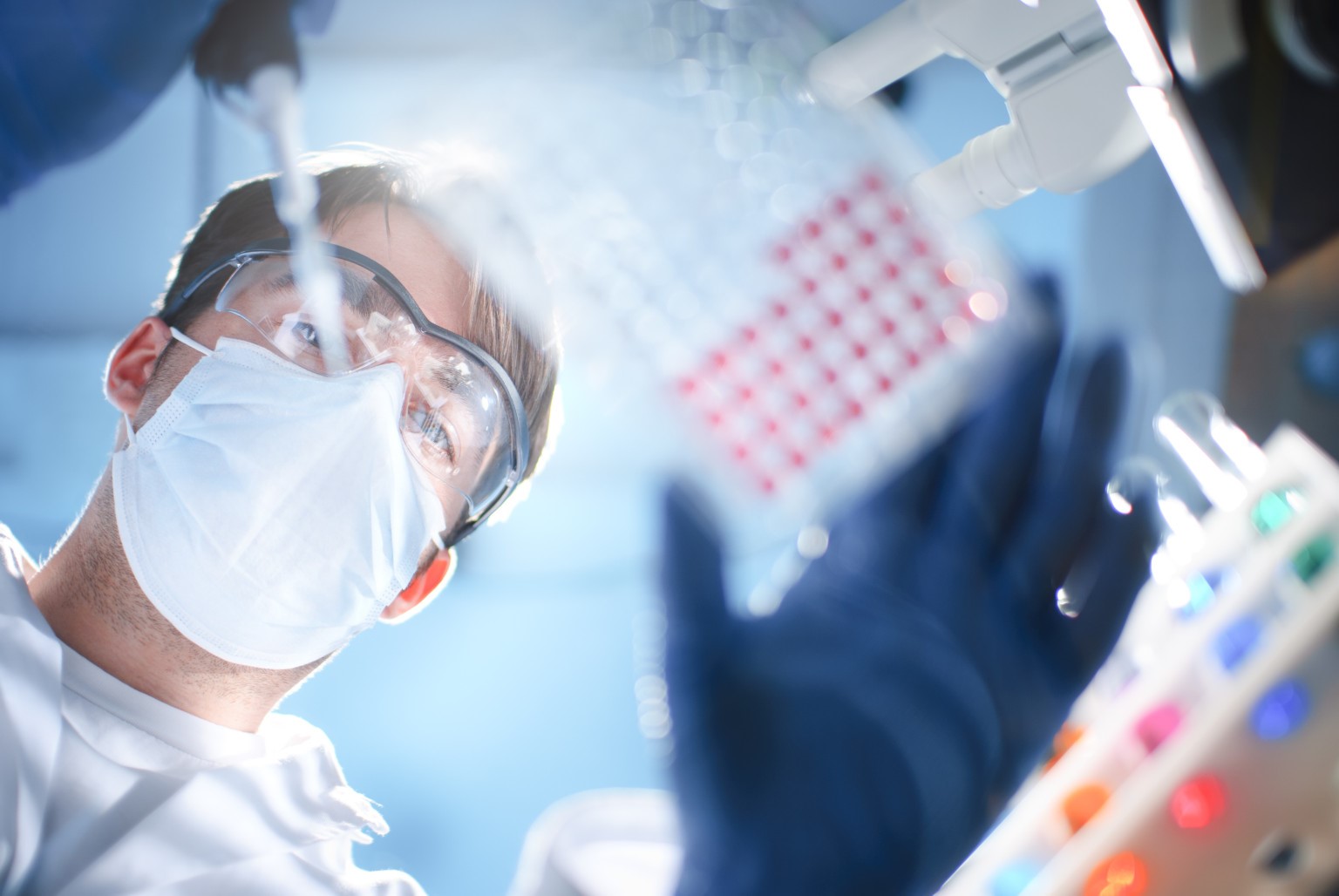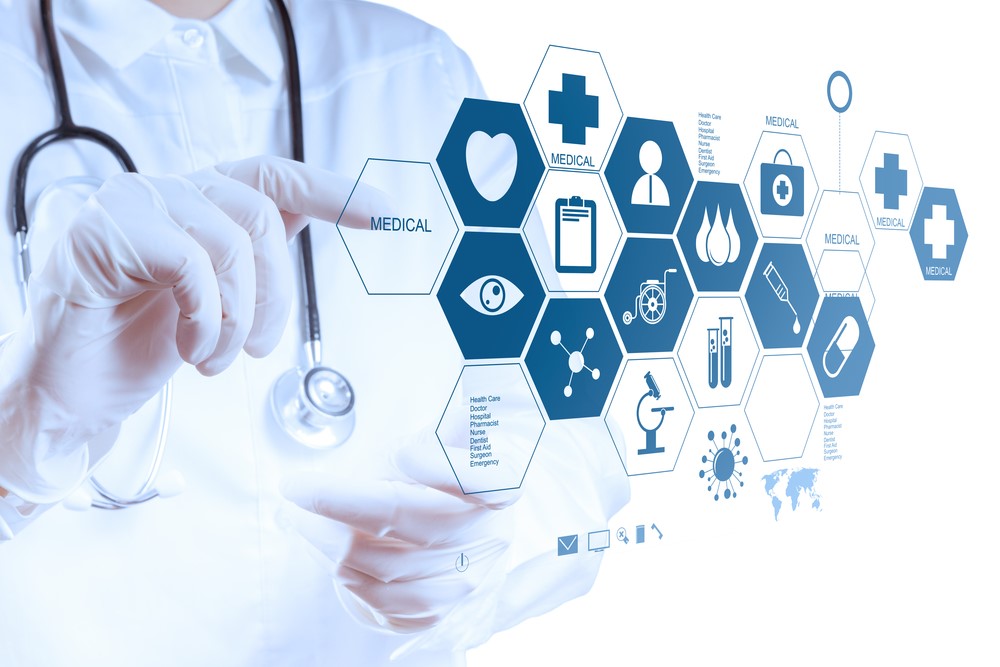Humans have access to an ever-expanding variety of drugs today for treating all kinds of conditions. Preclinical studies may give some idea of the safety of drugs, however, they are no replacement for an actual test to see the interactions of the drug with the human body.

During the initial part of the trial, the drug’s developer will decide what they want to achieve for each of the various stages or ‘research phases’ of the trial. The purpose of this development is to produce a new drug to market with a solid, proven therapeutic benefit. A high number of drugs that never make it to market, with less than 10% of those entering clinical trials being approved by the relevant regulatory bodies.
Future life-saving drugs must first be discovered, purified and tested in lab environments before even just reaching the human testing phase. Many compounds fail at this stage, never making it to human testing. Labs may need to relocate due to funding or access to volunteers. For more information on Lab Relocation Services, visit a site like Aport Global, providers of Lab Relocation Services.

Pre-clinical studies include monitoring the effects of drugs on cells. It is a long process that can take between 10 to 13 years of laboratory regulations. During the pre-clinical phase, it is important to determine the safest dose for a first introduction to human testing. This is true, not only for drugs but also devices, diagnostic tools and gene therapy solutions. Only one out of every 5,000 drugs or devices proposed in pre-clinical development will be made into an approved treatment.

